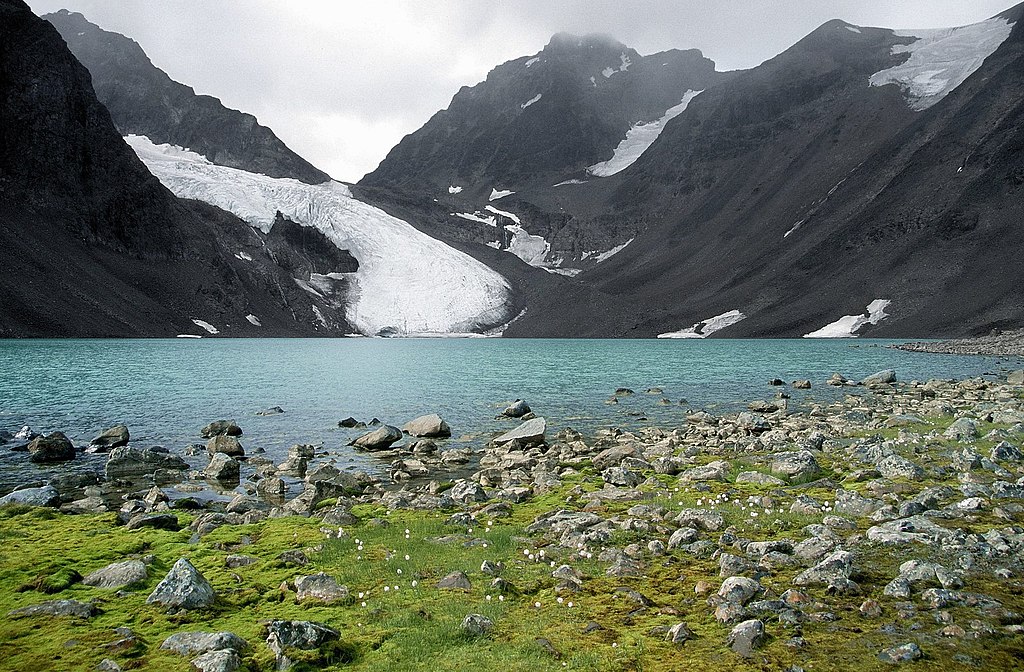
"Eight different glacier evolution models were used to simulate the evolution of glaciers under a total of 80 warming scenarios,"
"This was a community effort realized within the framework of the Glacier Model Intercomparison Project ( GlacierMIP3). There was a protocol to follow for anyone who wanted to join and conduct the experiments, and it was open to all. We could use the information from all the models to make global estimates,"
"Glaciers are so out of balance with present warming, in general, it takes them some time to 'catch up' and reach a new equilibrium or steady state,"
"Even if we stopped human impacts on climate this very minute, we must consider that things do not just adjust immediately."
Eight glacier evolution models simulated glacier responses across 80 peak-and-stop warming scenarios within the Glacier Model Intercomparison Project (GlacierMIP3). The scenarios assume temperatures reach a set peak and then stabilize, revealing that glaciers remain out of equilibrium and will continue to lose ice after warming halts. Model outputs quantify the committed ice loss already locked in by past warming and project additional ice loss for each degree of future warming. Results estimate how much glacier ice can still be preserved by limiting emissions and warming and provide global-scale guidance for mitigation and adaptation.
Read at State of the Planet
Unable to calculate read time
Collection
[
|
...
]